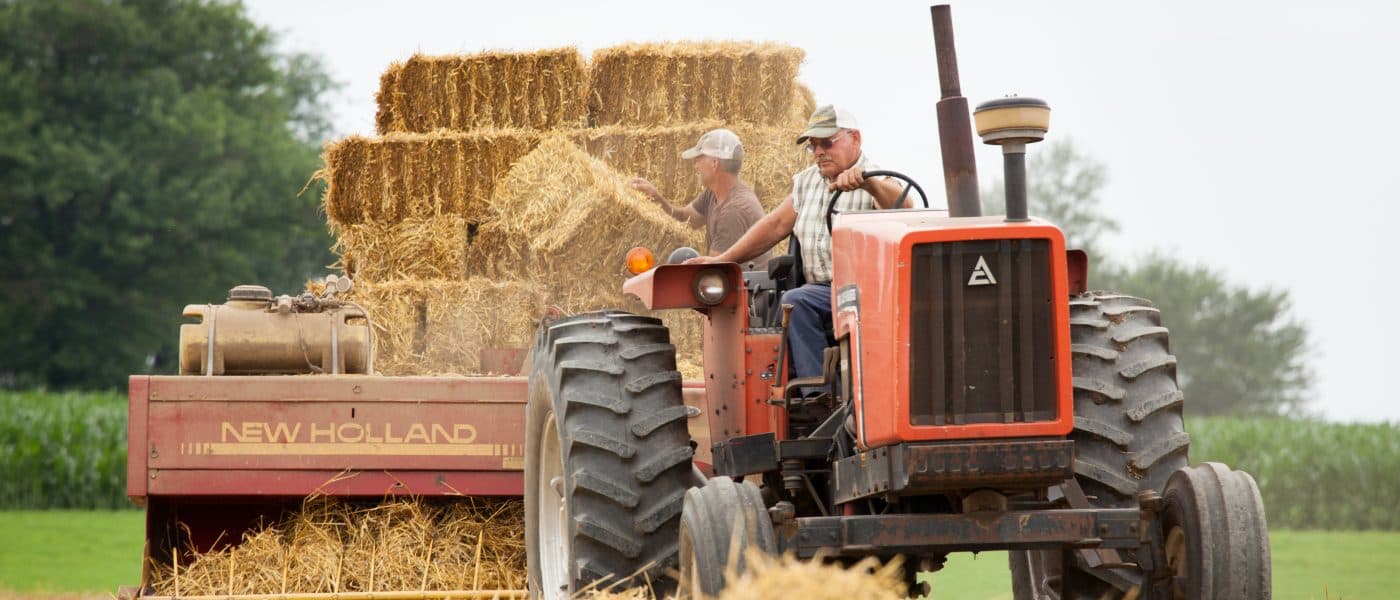February 2008
Dear Laura,
I feel like I used to see a lot more in the news about GMOs. I haven’t managed to keep up to date and now I’m not really even sure what’s out there. Could you give me a little update on GMOs? Thanks! Robert Shanley
Boise, ID
Hi Robert,
A little update I can! I’ve been meaning to spend some time on this issue anyway and you’ve given me the perfect excuse. Just in case you haven’t seen it, our fact sheet on GMOs is a good primer on this issue. For today, I’ll quickly run through the recent history of Genetically Modified Organisms, or GMOs, and then take a little tour through some new information about what is out there and how it is impacting farming and family farmers.
The first GM, or biotech, food product was the Flavr Savr tomato that was designed to be resistant to rot. The tomatoes were released, without special labeling, in 1994 at up to five times the price of ‘regular’ tomatoes. Production problems and competition from naturally bred fruits sent this product off the shelf pretty quickly. The next mile marker was Monsanto’s 1996 release of “Round-up Ready” soybeans, which were followed by cotton and canola in 1997, and corn in 1998.
Since then, 12 million farmers, in 23 countries, have planted genetically modified crops over 282 million acres. Right now, corn, soy, canola and cotton are the big crops. In fact, those four together make up almost all of the GM acreage worldwide. Squash, papaya and sweet corn are all in production but on a very limited basis because many markets simply won’t buy the products. GM sugar beets have been approved in the US and farmers say they will plant them for the first time next year. Although it isn’t a crop, milk from cows that were injected with rBGH, which is a genetically engineered growth hormone, have a place on this list as well.
The United States grows about 50% of the world’s GM crops, followed by Argentina, Brazil, Canada and Paraguay. While many proponents of these products claim that GM seed will make crops less susceptible to weather and decrease world hunger, no seed is commercially available that was designed to increase yield, enhance nutrition or make the crop more drought or salt tolerant.
Today’s GM crops are designed with two traits in mind: herbicide tolerance and insect resistance. This means that pesticides and herbicides can be sprayed directly on the crop without damaging the plant itself. As a result, pesticide has seen a sharp increase since the commercial release of GM seeds. From 1994 to 2005, the use of glyphosate, which is the main pesticide used on “Roundup Ready” crops, increased 15-fold. From 2005 to 2006, it jumped another 28% to an astonishing 96,725,000 million pounds sprayed on US crops. Glyphosate isn’t the only pesticide that is being used – just a good example of how GMO crops have actually driven our farmers to use more and more chemicals to keep their crops weed and pest free. Farmers also report either decreased yield or numbers that compare to conventional growing methods.
This leads me to the impact of GM crops on our family farmers. It’s pretty simple: growing GM crops are expensive, chemical intensive and can’t be guaranteed to pay out in the end. Four agrichemical companies control 41% of the seed market. They control what sells, the cost and can even prosecute farmers for saving seed or growing crops that contain traces of their patented seed from drift or other methods of cross pollination. These are the same companies that sell the herbicides and pesticides whose use has show such a dramatic increase since 1996. This industry consolidation has also significantly limited the diversity of seeds that are available to farmers – making it harder to grow crops that are specifically bred for certain growing conditions or genetic traits. GMOs certainly aren’t a boon to family farmers.
American consumers don’t win either. Despite overwhelming demand for mandatory labeling of products that contain genetically modified ingredients no such thing exists. In the EU, Japan and Australia consumers have demanded a labeling system that can differentiate a product that contains GM ingredients through production and processing. In the US, only the organic label informs consumers that no GM ingredients were purposefully included in that product. In fact, legislators in Pennsylvania tried to make it illegal for dairy farmers to label their products as free of rBGH. After a lot of hard work from farmers and area activists, the law was retracted. The PA battle, however, isn’t the end of the story; Ohio legislators are considering going down the same path.
Much of the info that is in this column was gleaned from an excellent study “Who Benefits from GM Crops?” Which was released by the Center for Food Safety and Friends of the Earth International. I highly recommend scoping this out if this is a topic that you are really interested in learning more about.
Well, that’s my little update. It is a tough topic. There is a lot of money and corporate interest behind this kind of farming. The good news is that many crops have been turned down by the USDA or the market themselves. A federal court rejected Roundup Ready alfalfa, after the USDA approved it, in 2007 and wheat farmers rejected Roundup Ready wheat in 2004. GM rice, tomatoes, potatoes and popcorn have all been approved by USDA but rejected by the marketplace – so they aren’t being grown for commercial use.
In 1999, in conjunction with the Farm Aid concert, the Family Farmer Summit on Genetic Engineering in Agriculture brought together farmers, researchers and activists and lead to the creation of the Farmer to Farmer Campaign on Genetic Engineering, a group which we still fund and work with today. The campaign has been instrumental in the defeat of several proposed GMO crops. Do stay tuned, this is the kind of issue that can flare up quickly and we can use the support of every single person who has the time to make a stink!

